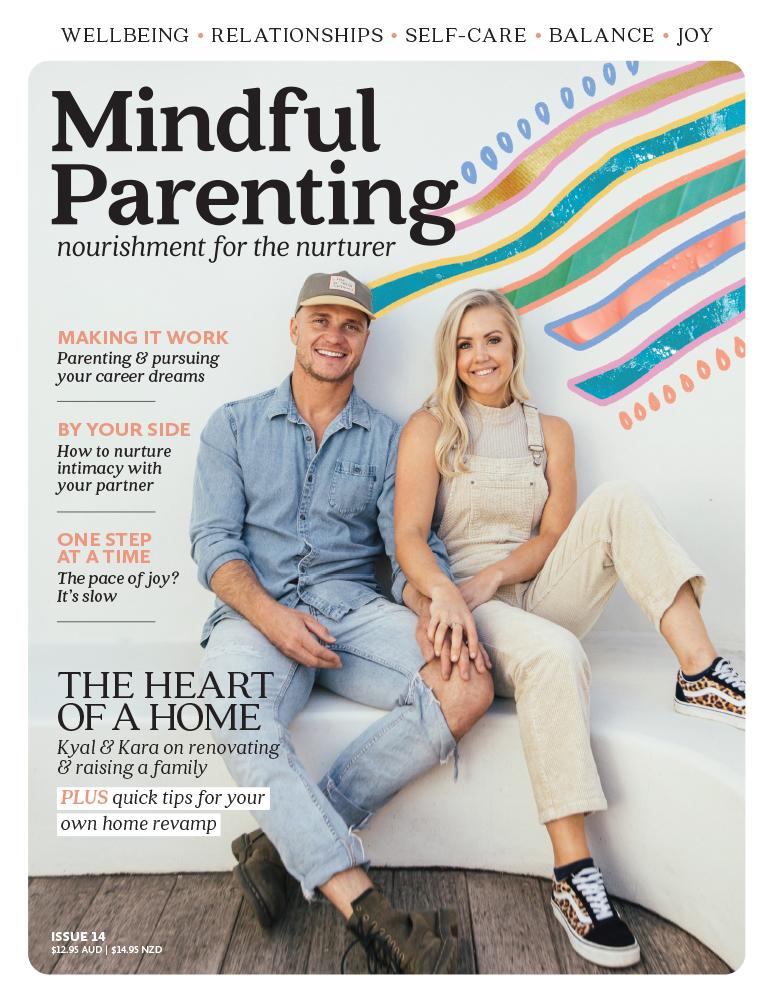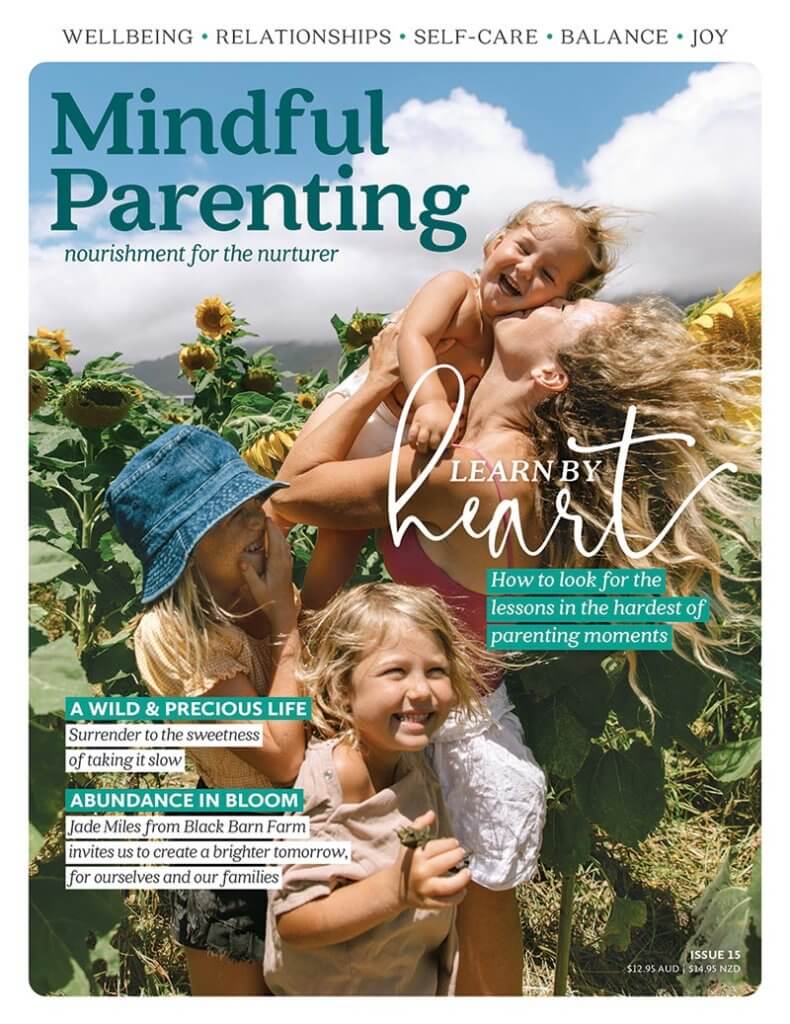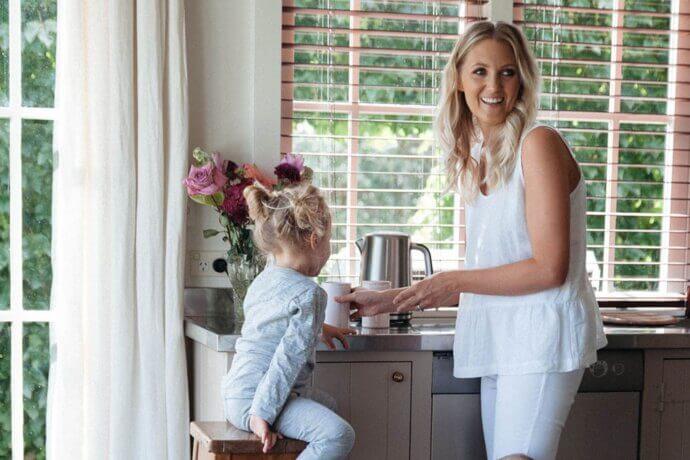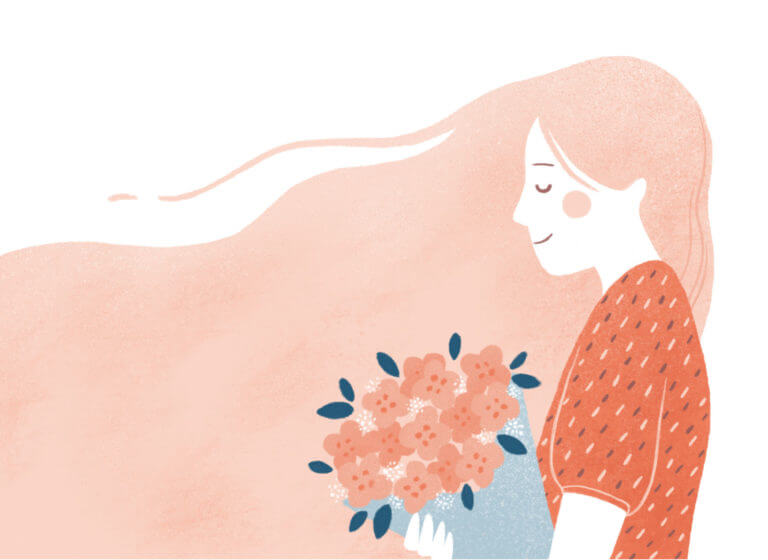
Our evolutionary history means we have an inbuilt tendency to home in on bad news and negative feelings. So how do we foster a brighter outlook? I have a friend who I met through my mothers’ group. Whenever I picture her, she has a huge smile on her face and her eyes are sparkling. This […]
Our evolutionary history means we have an inbuilt tendency to home in on bad news and negative feelings. So how do we foster a brighter outlook?
I have a friend who I met through my mothers’ group. Whenever I picture her, she has a huge smile on her face and her eyes are sparkling. This used to irritate other mums who were sleep deprived and struggling to deal with the reality of caring for a family. I used to envy her, and wish that I’d been born with a more sunny temperament. But over time I came to realise that she had the same sleepless nights as the rest of us, the same challenges with bringing up children. She just made a choice on how she wanted to live, and she worked at it.
WIRED THIS WAY
The fact is, we’re all born with a negativity bias. Roy F Baumeister is a professor of social psychology at the University of Queensland and co-author of The Power of Bad: How the Negativity Effect Rules Us and How We Can Rule It. He says, “The negative bias appears to be pretty universal … The mind tends to respond to negative information more strongly than to positive information, all else being equal.”
This bias comes from the same place as our fight-or-flight response. Way back at the beginning of our evolution, the dangers we faced meant our brains were wired to notice things like the clouds turning darker, the temperature getting colder, and the lamplit eyes of a tiger in the scrub. That is, our brains were focused on the negative signs in our surroundings in order to make decisions that would keep us safe. Imagine how well-honed that negative signposting has become over thousands of years. I’ve only been playing ‘Spotto’ (a game where you yell ‘spotto’ at the top of your lungs every time you see a yellow car) for a couple of months with my kids, and now I see yellow cars everywhere.
These days our brains are wired to focus on the negative things in our life; like thoughts of situations that have gone wrong, frightening news, or someone or something that has upset us.
DOES IT IMPACT THE WAY WE PARENT?
Roy says you can see the impact of negative bias on the way we parent, and the way we see ourselves as parents.
“The ‘safety addiction’ of modern parents and their children is an exaggerated fear of bad things happening. Now people are afraid to let their kids walk home from school, whereas in my generation lots of us did that routinely.”
The other way our negative bias comes into play, Roy says, is in the perceived ideal of the ‘perfect mother’. He explains that if we embrace the concept of the ‘good enough’ parent instead of striving for perfectionism, we can overcome this effect of our bias towards negative thinking.
FINDING SOME PERSPECTIVE
Dr Elise Bialylew is the founder of Mindful in May and author of The Happiness Plan. She says that looking at a negative bias with perspective will help to lessen its impact.
“These days, our negative bias can add extra stress to our lives through leading us to notice the negative and not absorb the positives in life … So, when worry hits or there are concerns, we need to be mindful of keeping the whole picture in mind, rather than falling into negative narratives that can be a distortion of reality.”
Elise argues that we have a negative bias for a reason – it’s essentially a protective mechanism – so we don’t want to get rid of it completely. She says, “We need to bring active practices like gratitude or mindfulness meditation into our lives so that we can be aware of how the negative bias can skew our perceptions in unhelpful ways.”
EVOLVING THE WAY WE THINK
Gratitude and mindfulness are both active practices. That is, they take effort and commitment. Paula Robinson is a psychologist and the managing director of The Positive Psychology Institute. She says improving what she calls ‘mental fitness’ takes work, just like exercise is required to be physically fit.
“We try and explain to people that doing something once doesn’t really have much effect. To get real and sustainable positive change we must practise and keep doing an initiative until our brain adopts the new thought or behaviour automatically.”
Paula says that research has shown it takes three positive thoughts to outweigh a negative one. She recommends thinking of three good things in your day before you go to sleep. “You must think about the good things in a meaningful way and not do it in a tokenistic way. Try and process the positive feeling deeply, particularly the ‘why’ question, that is, ‘Why was this a good part of your day?’”
No one is saying that some days (or nights) aren’t a struggle to get through. But recognising that we have an inbuilt bias to see the shade might just help us to switch on the light.























